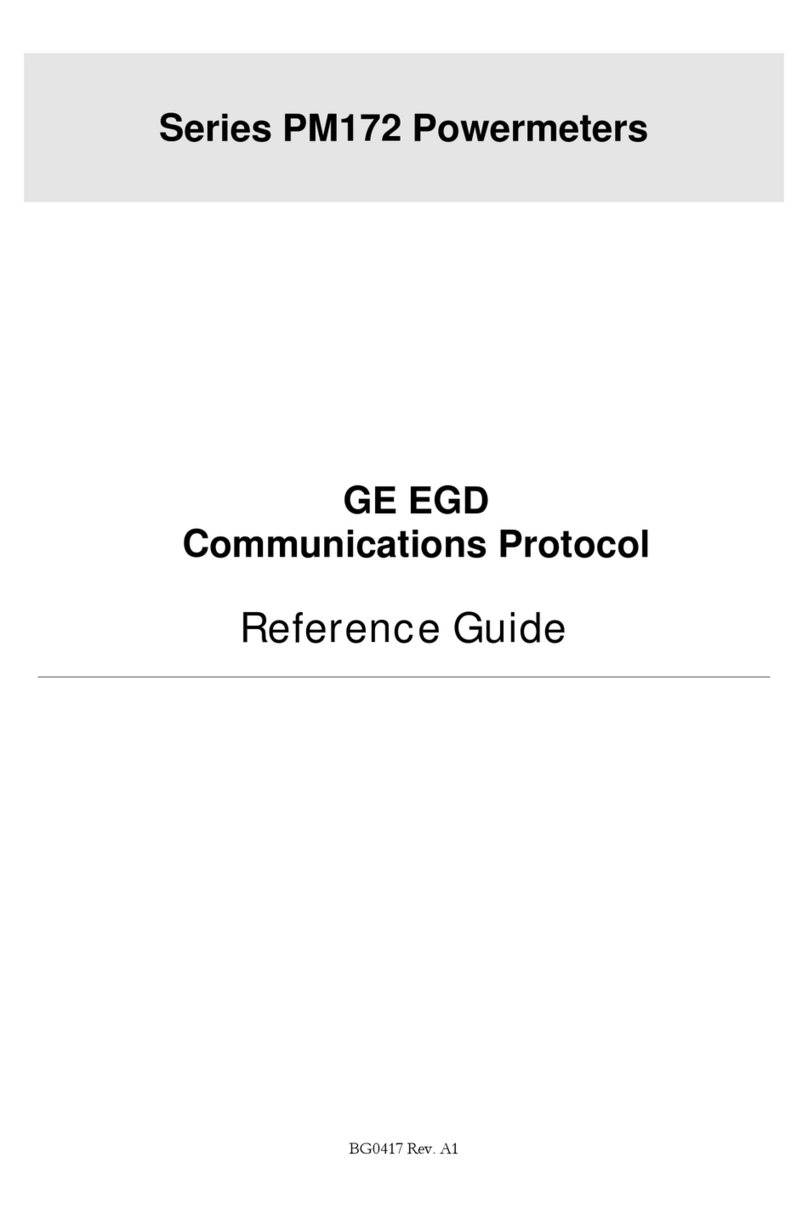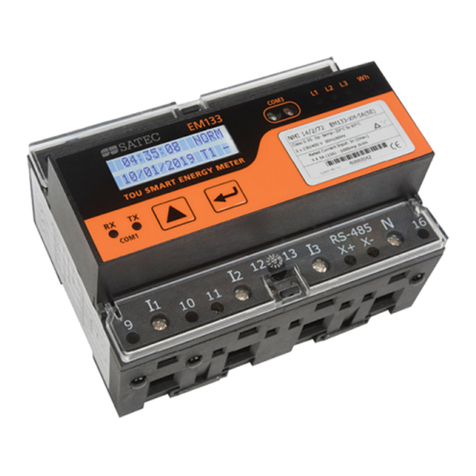Satec C191HM User manual
Other Satec Measuring Instrument manuals
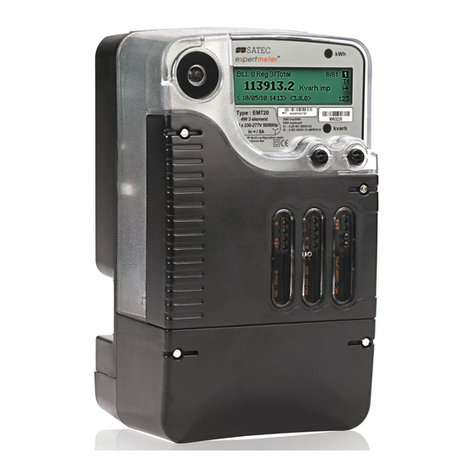
Satec
Satec expertmeter EM720 User manual
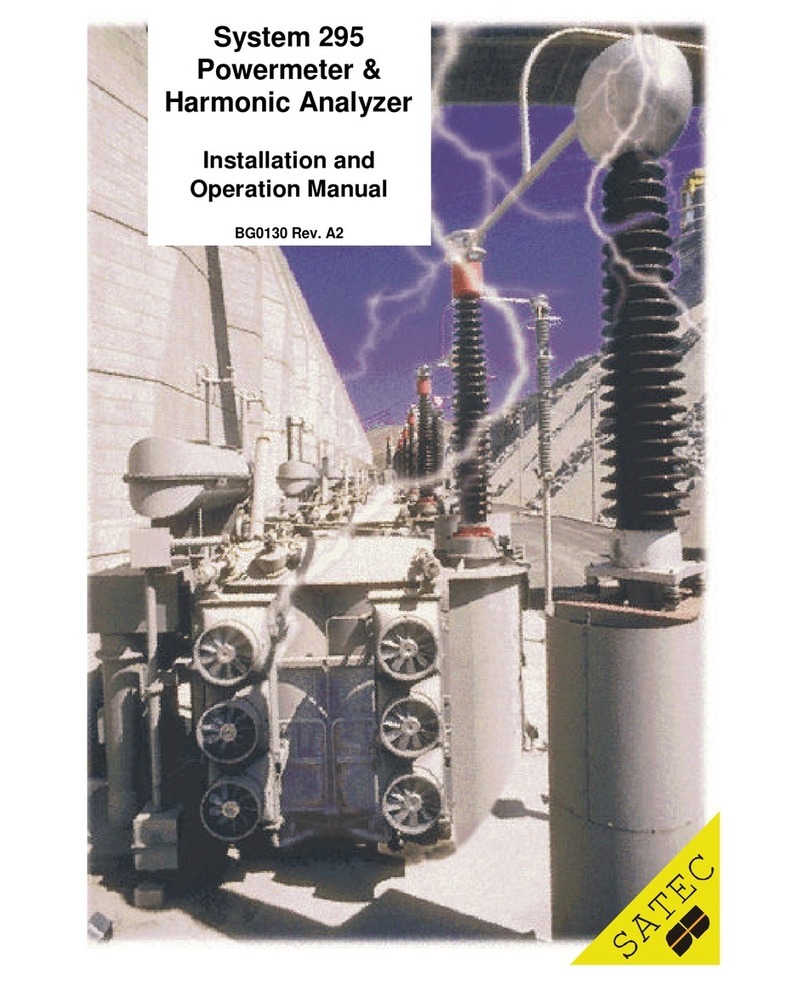
Satec
Satec System 295 User manual
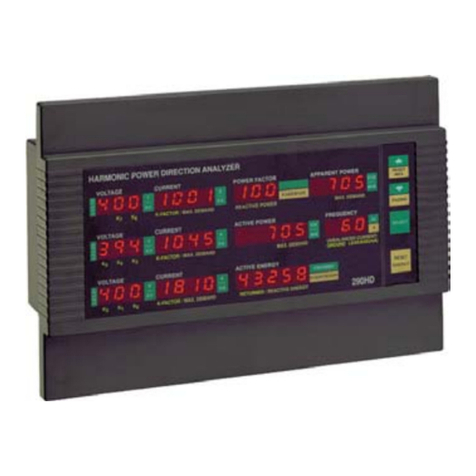
Satec
Satec PM290 User manual
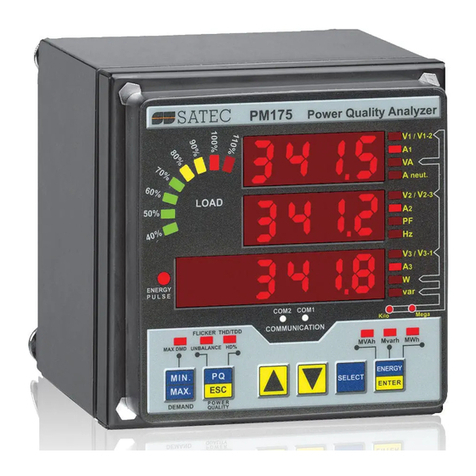
Satec
Satec PM175 Series User manual
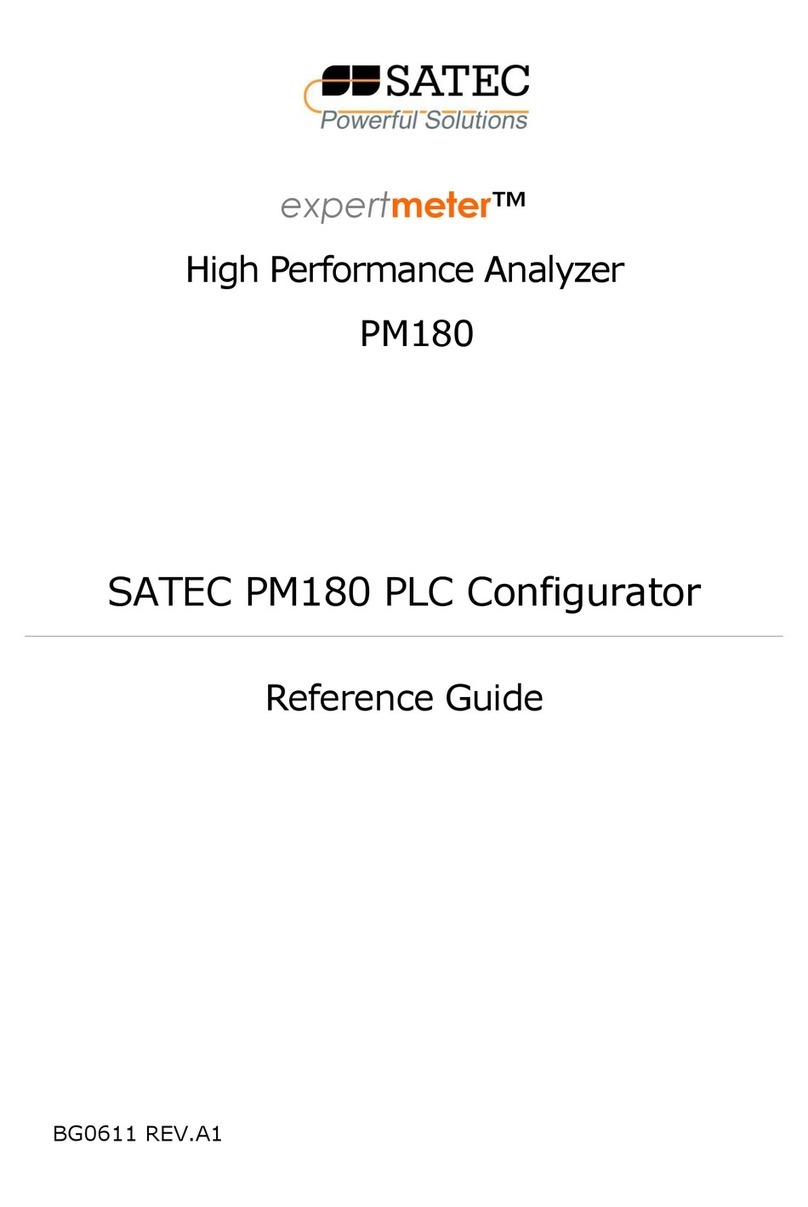
Satec
Satec Expertmeter PM180 User manual
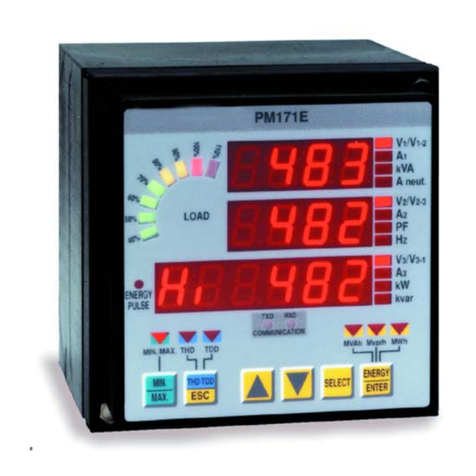
Satec
Satec PM171 series User manual
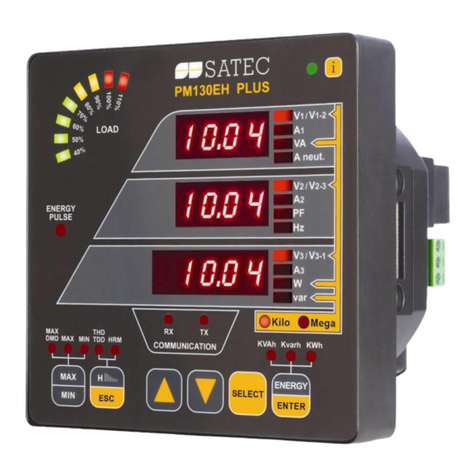
Satec
Satec PM130 PLUS Instruction manual
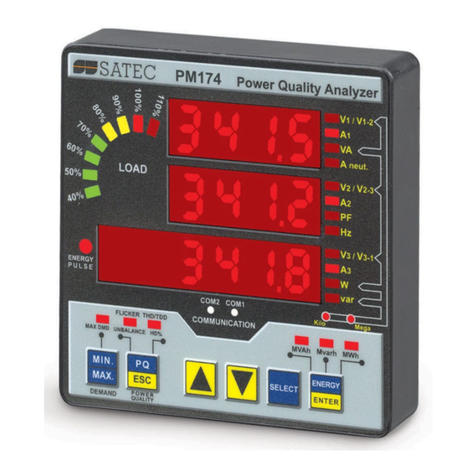
Satec
Satec PM174 Series User manual
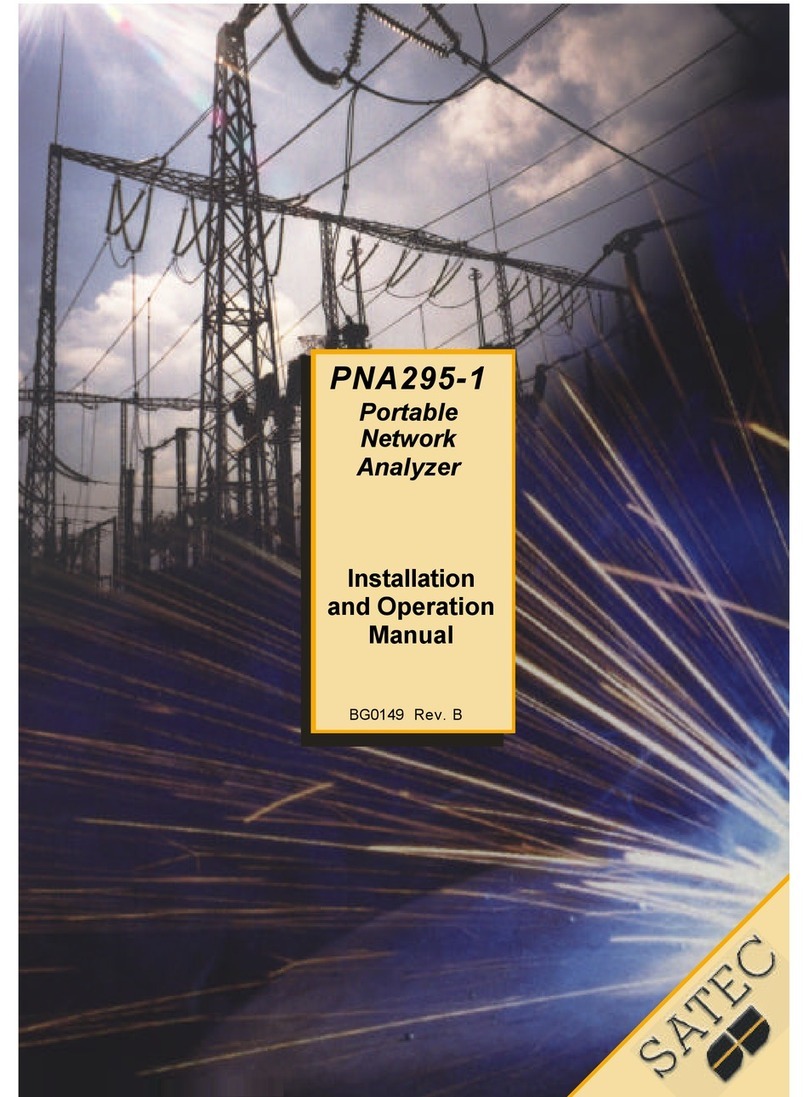
Satec
Satec PNA295-1 User manual
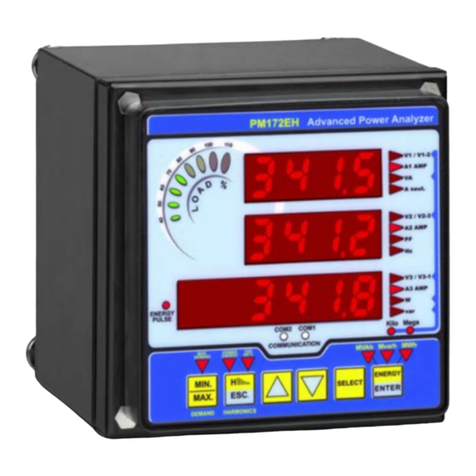
Satec
Satec PM172P User manual

Satec
Satec PM174 Series User manual
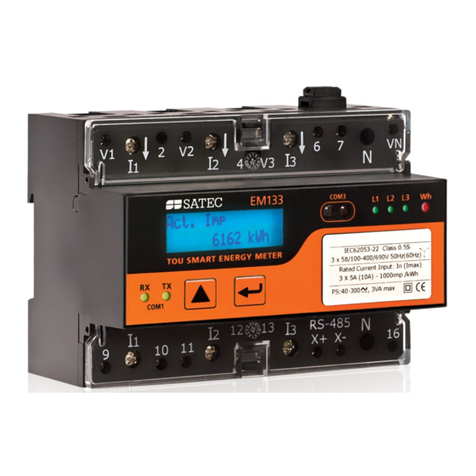
Satec
Satec EM132 User manual

Satec
Satec PM290 User manual
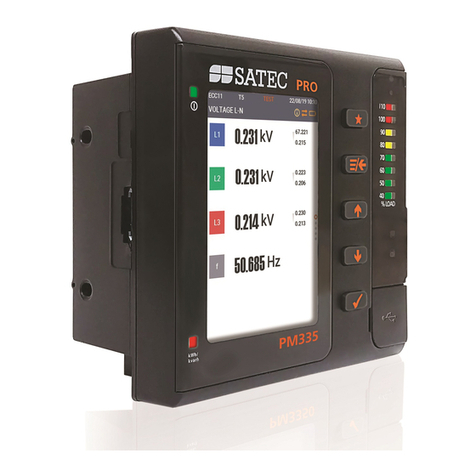
Satec
Satec PRO PM335 Instruction manual
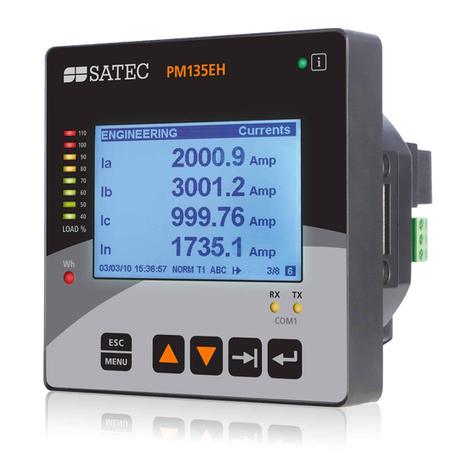
Satec
Satec PM135P User manual

Satec
Satec Expertmeter PM180 Installation and operating instructions

Satec
Satec expertmeter EM720 User manual
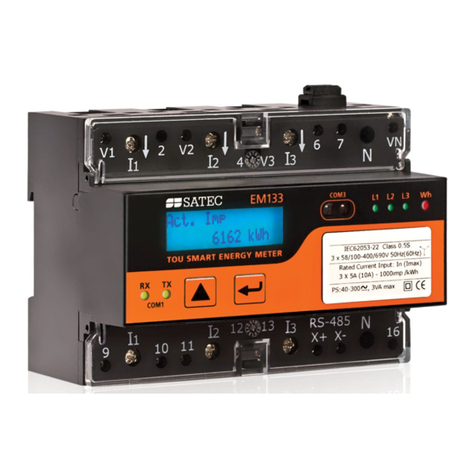
Satec
Satec EM133 User manual

Satec
Satec Expertmeter PM180 User manual
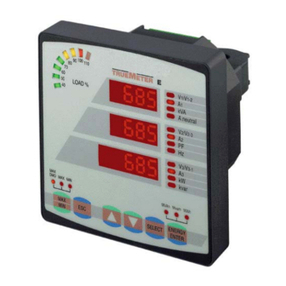
Satec
Satec PM130P User manual
Popular Measuring Instrument manuals by other brands

Powerfix Profi
Powerfix Profi 278296 Operation and safety notes

Test Equipment Depot
Test Equipment Depot GVT-427B user manual

Fieldpiece
Fieldpiece ACH Operator's manual

FLYSURFER
FLYSURFER VIRON3 user manual

GMW
GMW TG uni 1 operating manual

Downeaster
Downeaster Wind & Weather Medallion Series instruction manual

Hanna Instruments
Hanna Instruments HI96725C instruction manual

Nokeval
Nokeval KMR260 quick guide

HOKUYO AUTOMATIC
HOKUYO AUTOMATIC UBG-05LN instruction manual

Fluke
Fluke 96000 Series Operator's manual

Test Products International
Test Products International SP565 user manual

General Sleep
General Sleep Zmachine Insight+ DT-200 Service manual
